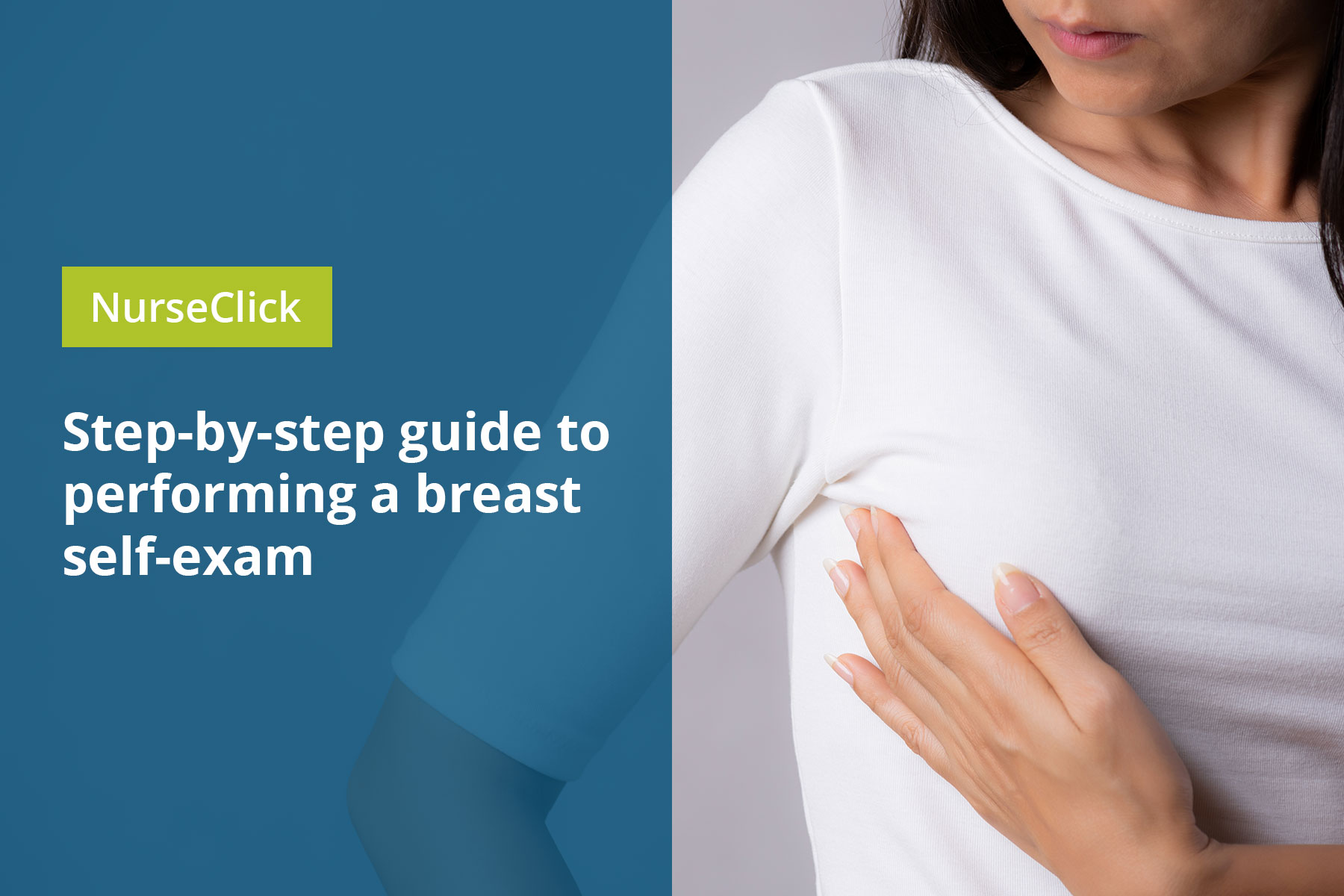Being breast-aware means understanding what is normal for your own body. According to the McGrath Foundation (2018), whilst three-quarters of Australian females believe they are breast aware, only around 16% actually possess the required skills and knowledge, which is why it is critical that females are educated on how to understand what is normal, and what is not.
Self-breast checks should be performed monthly at around the same time, as this will provide a baseline for hormonal changes that may occur (McGrath Foundation, 2018). According to the National Breast Cancer Foundation (2020), the breast goes through more changes than any other part of the body, which underscores the importance of regular self-checks.
It can be helpful to set a reminder each month to ensure you stay up to date with your self-exams. Choose a time when your breasts are least likely to be tender or swollen, such as a few days after your period ends.
The following step-by-step instructions will guide you through conducting a thorough breast self-exam and explain what you need to look out for.

Step 1: In front of the mirror
Start by inspecting your breasts in front of a mirror situated in a well-lit room. Pay attention to their size, shape, and colour, noting any disparities or changes. Look out for any visible distortions or swellings, alterations in contour, skin or nipple dimpling, redness, soreness, rash, or swelling.
Following this, raise both arms above your head. This movement can reveal changes in the shape or contour of your breasts that may not be as visible otherwise.
Lastly, place your hands firmly on your hips and bend slightly towards the mirror. Adopting this position contracts your chest muscles, highlighting any potential changes more conspicuously. Ensure you turn from side to side to inspect the outer portions of your breasts (Breast Cancer Care WA, 2023).

Step 2: Lying Down
For the next step of the self-exam, you’ll need to lie down. This position allows the breast tissue to spread out evenly along the chest wall. Start by placing a pillow under your right shoulder and resting your right arm behind your head.
With your left hand, gently move the pads of your fingers around your right breast, ensuring you cover the entire breast area and armpit. Employ a combination of circular motions, up and down patterns, or wedge patterns to thoroughly examine the entire breast.
Apply varying levels of pressure—light, medium, and firm—over each part of the breast to examine different tissue depths. Additionally, gently squeeze the nipple between your thumb and forefinger, checking for any discharge.
Once you’ve completed this process on your right breast, switch sides and repeat the examination on your left breast (Breast Cancer Care WA, 2023).

Step 3: In the Shower
You can perform the last step of the self-exam in the shower. Raise your right arm and with soapy hands and flat fingers, check your right breast without lifting your fingers off the skin. Move around the breast in a pattern, such as in a circular motion or up and down, and check for any lumps or thickening. Finally, repeat this step on the other breast (Breast Cancer Care WA, 2023).
Regular breast self-exams, along with clinical examinations and mammograms, are key to early detection of breast cancer. Understanding what is normal for your breasts will help you detect any abnormalities or changes. If you notice any changes, lumps, or distortions during your self-exam, report them to a healthcare professional as soon as possible for further evaluation.
Specialist breast cancer nurses make a profound impact by offering tailored support, education, and compassion, which enhances the quality of life and well-being of those navigating through the complexities of breast cancer.
If you are looking to enhance your expertise in Breast Cancer Nursing or are interested in becoming a Breast Care Nurse, ACN’s Graduate Certificate in Breast Cancer Nursing will equip you with the essential knowledge and skills to provide person-centered care within this growing specialty.
Designed for nurses by nurses, the course prepares graduates with the knowledge and skills needed to ensure better outcomes for individuals and will support you to progress your career into specialist breast cancer nursing roles within the wide scope of breast cancer care.
References
Breast Cancer Care WA. (2023). Being breast aware. https://www.breastcancer.org.au/education/what-is-breast-cancer/being-breast-aware/
McGrath Foundation. (2018). Breast health understanding: What does it really mean? https://www.mcgrathfoundation.com.au/about/what-we-do/breast-awareness/
National Breast Cancer Foundation. (2020). Breast cancer anatomy and how cancer starts. https://nbcf.org.au/about-breast-cancer/diagnosis/breast-cancer-anatomy/





